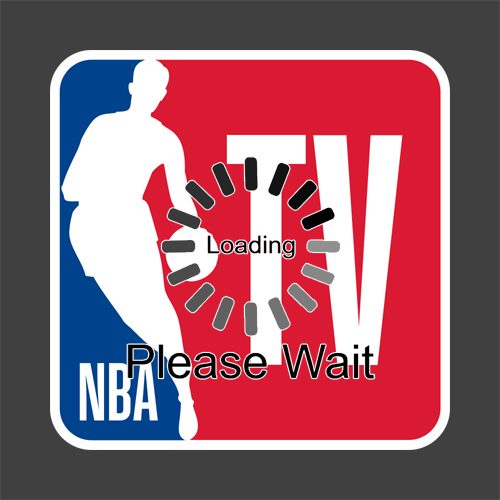The Future of Sports Streaming Starts with Latency
NOV 29, 2022 | 7:00 PM EST – David-Angelo Mineo
561 Words

We have all seen it before. You know that spinning wheel of death that will say, “please wait” or “buffering.” That annoying delay of your favorite broadcast show or sporting event. Having multiple TVs on in separate rooms, but the broadcast is slightly delayed from one room to the other. This is what is called, “latency.”
Latency is defined as the time it takes for transmissions from the source, the camera, to the streaming platform, your TV. When you watch a live sporting event what we see is not literally live. It takes seconds for it to travel from the camera, to the truck, to the studio, out of the studio, to all the hops it takes to get to your TV. That time spent is called latency.
The NBA has been working on developing a lower latency rating on its latest version of the NBA app dubbed, “NBA: Live Games & Scores.” The app allows its users access to scores, stats, and live out-of-market games via the NBA League Pass with its linear channel NBA TV. According to Front Office Sports this combination has produced lower latency time, less buffering, less delay.
Where the delay used to be around the 30-40 second mark to now averaging around 12-seconds, a 70% decrease. This improvement came after a two-year development partnership by the NBA with Microsoft to produce a new, better, and faster app.
Standard broadcast TV usually build in a delay of 6-8 seconds during its live broadcast feed for editing per meeting with FCC and network regulations. The NBA’s goal for latency is for only a few seconds of delay.
Latency has been one of largest technical challenges keeping sports on broadcast TV from completely moving out to streaming platforms. If the NBA can achieve lower latency to match broadcast TV, streaming partners and other sports leagues will ensure that the action they see is live and will not be spoiled via a social media posting update of the game on social media platforms.
The rapid increase in sports betting via online sports books, along with its current integration into live sports streams is also greatly dependent upon low latency. If gamblers are watching live and there is high latency they will know about their bets via their phone’s first before they see it on their TV. If latency is not brought to near-broadcast levels major sports leagues will never be able to fully integrate live wagering with their product.
The NFL has seen much success moving “Thursday Night Football” from Fox/NFL Network live broadcast to streaming it on Prime Video from Amazon. By next year the NFL plans to move its NFL Sunday Ticket to stream-only platforms. While MLB has already done this too much of its season broadcast games too many platforms, which include Apple TV, Peacock, and MLB.tv; in large part due to lower latency times over the past few years.
Until latency is finally solved once and for all the best way to watch sports live is still TV broadcast, but that is changing more each season. Leagues like the NBA, solving latency will help a great deal to convince other sports leagues to leave the old linear broadcasting system behind for an all-streaming format moving forward...